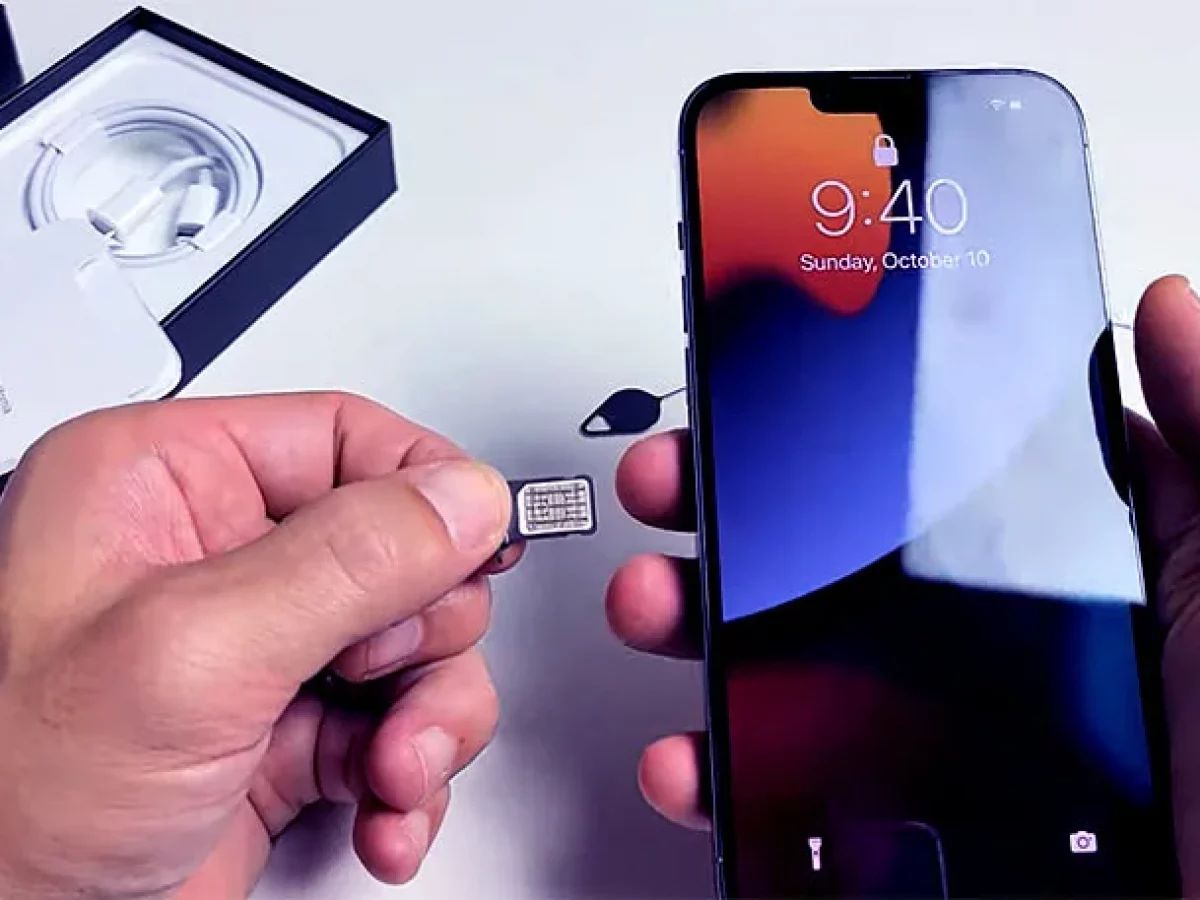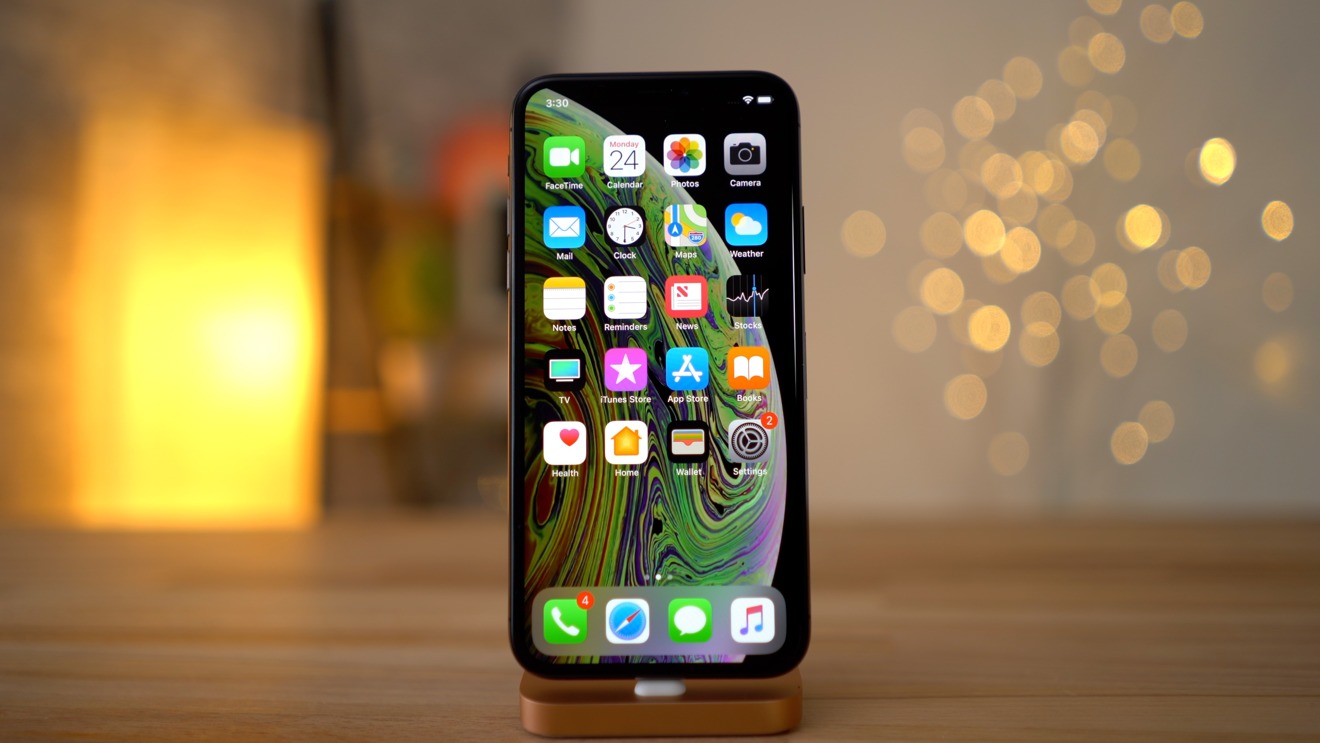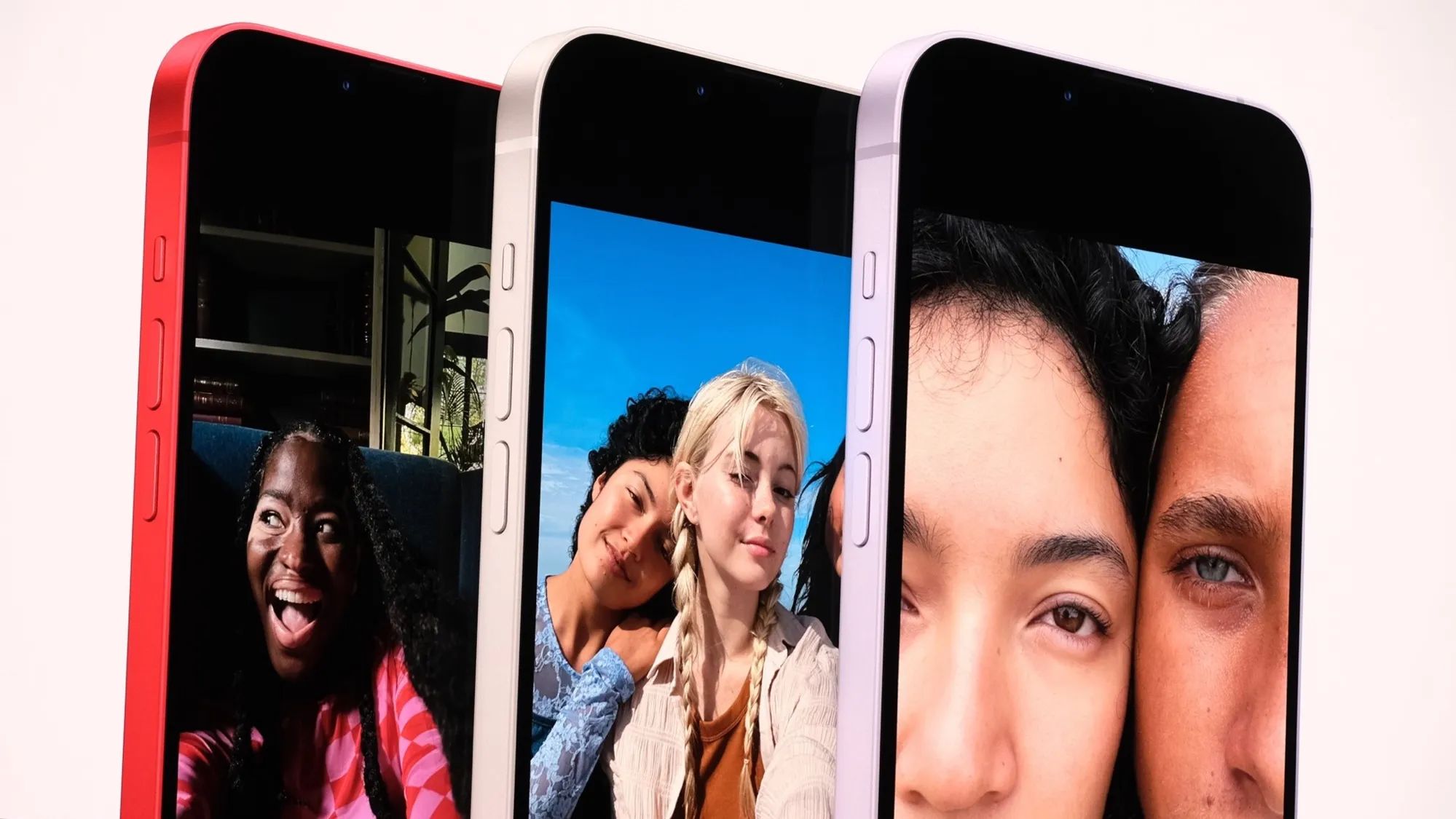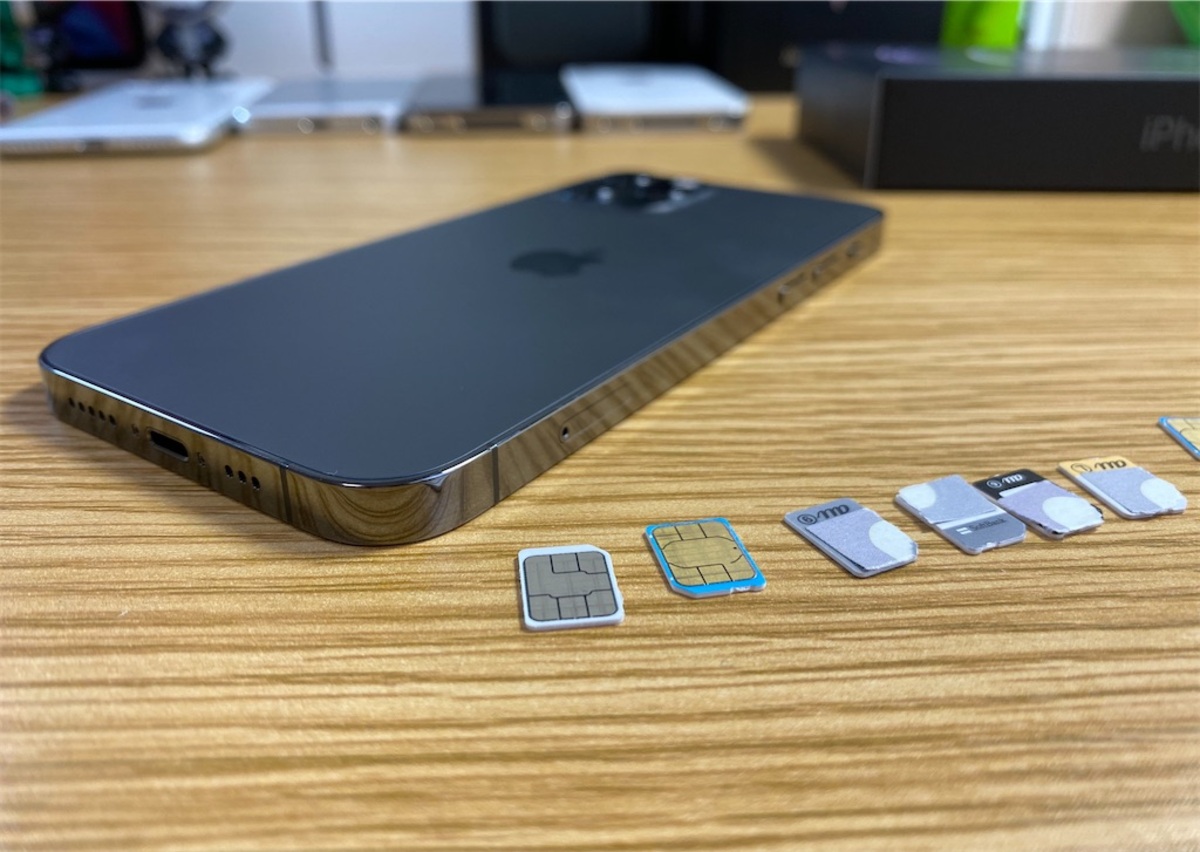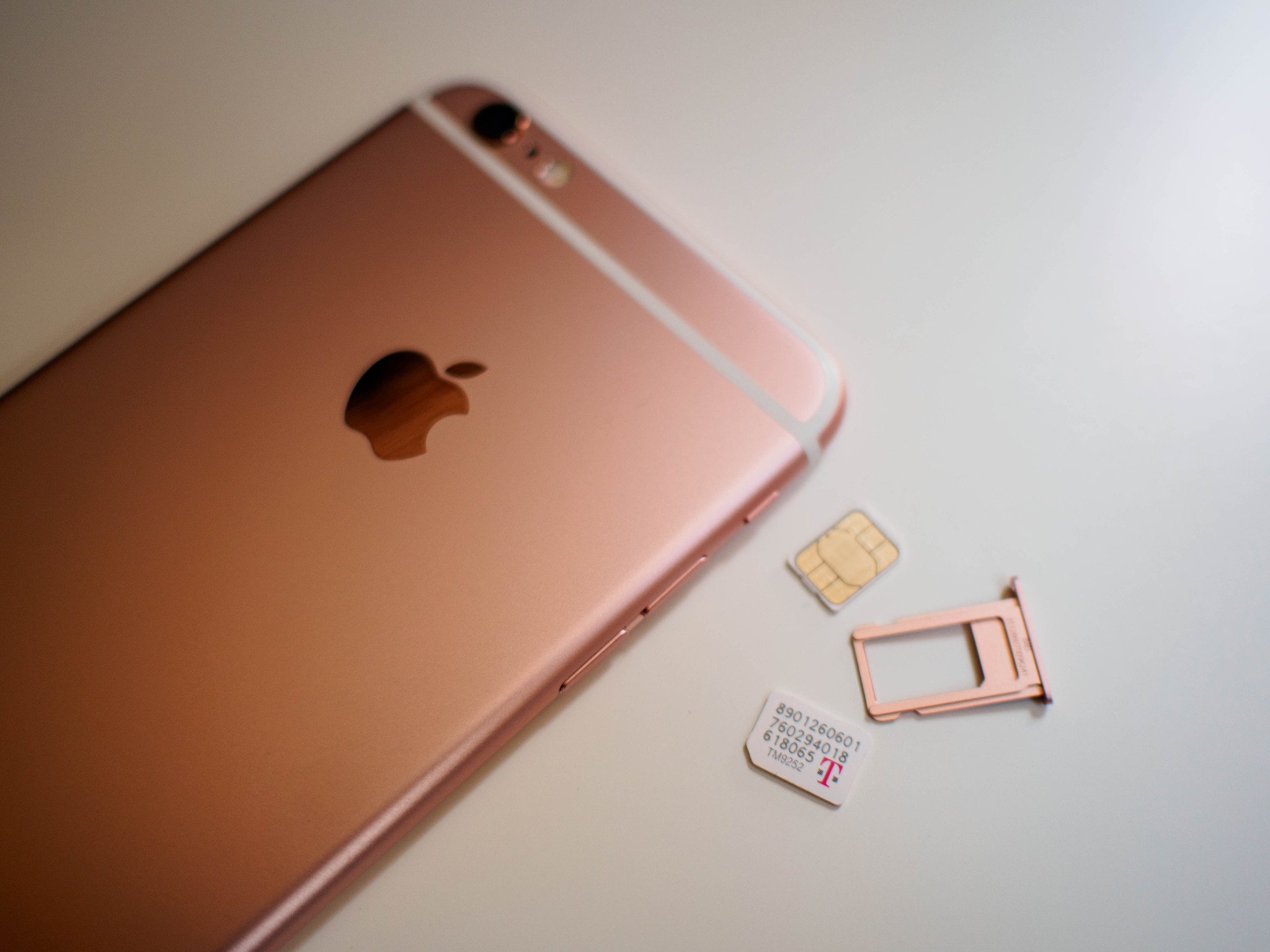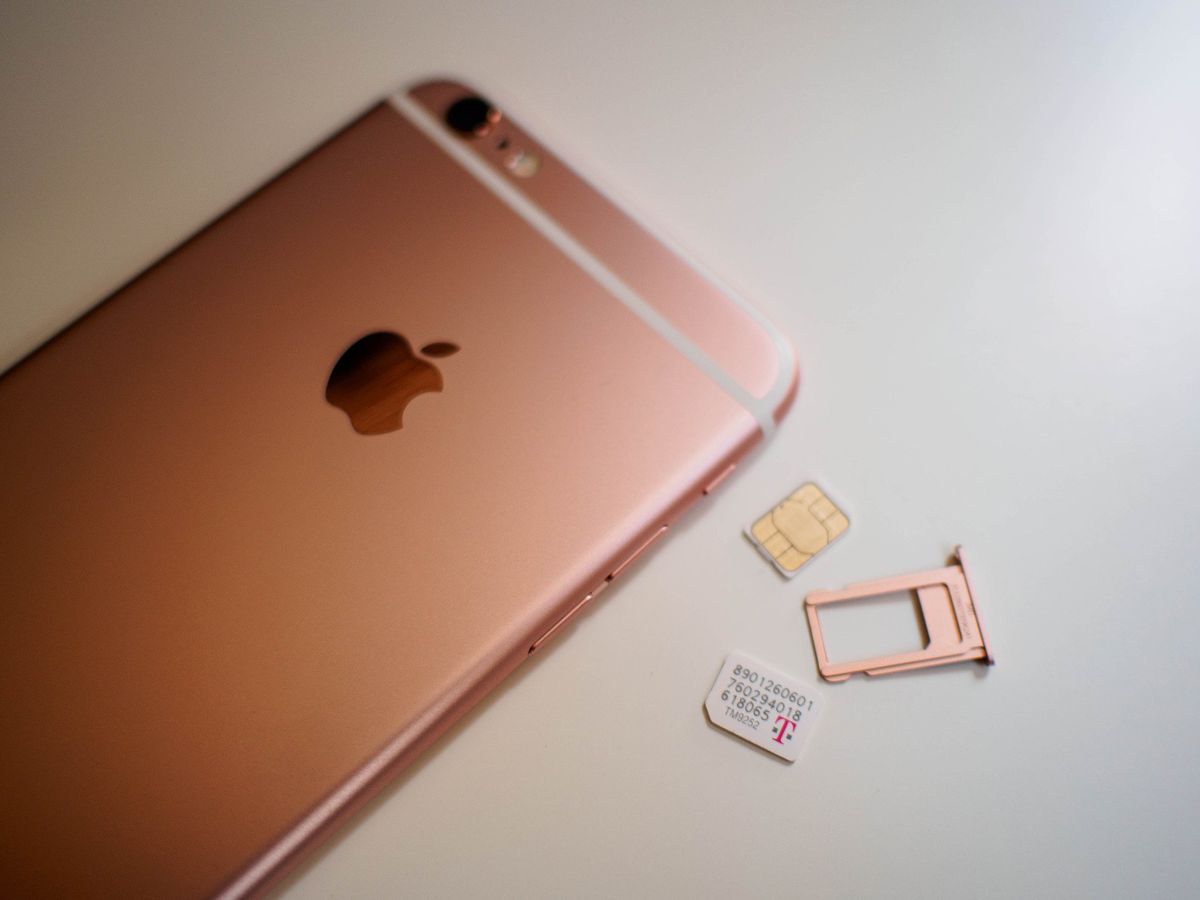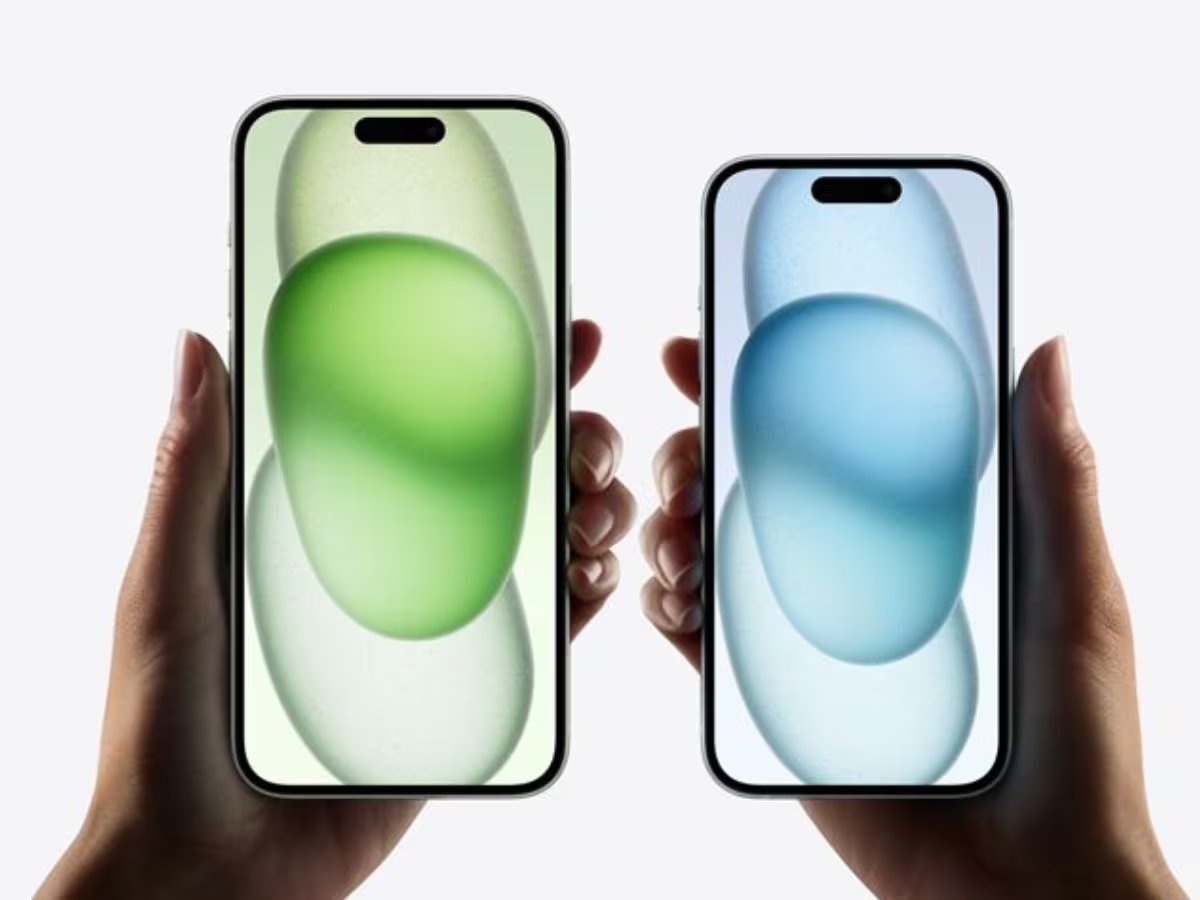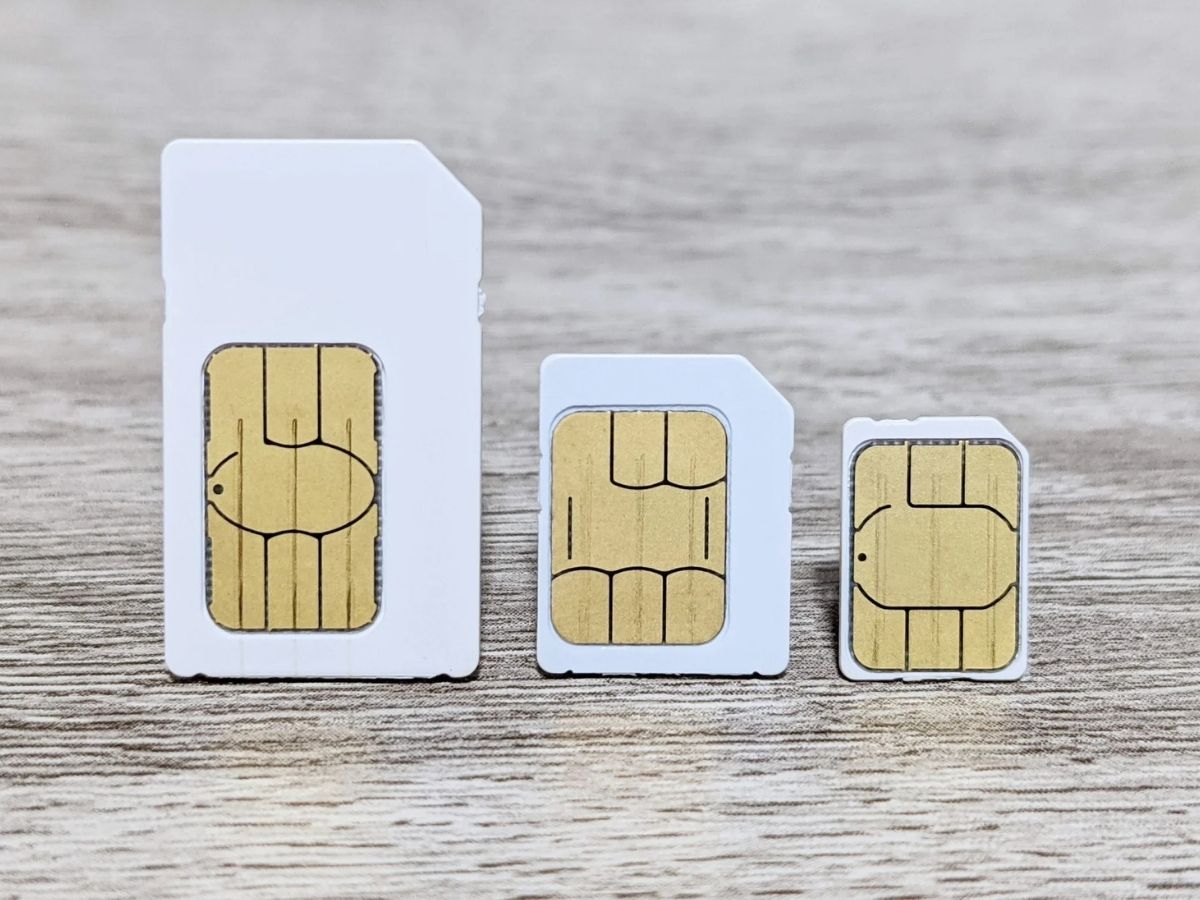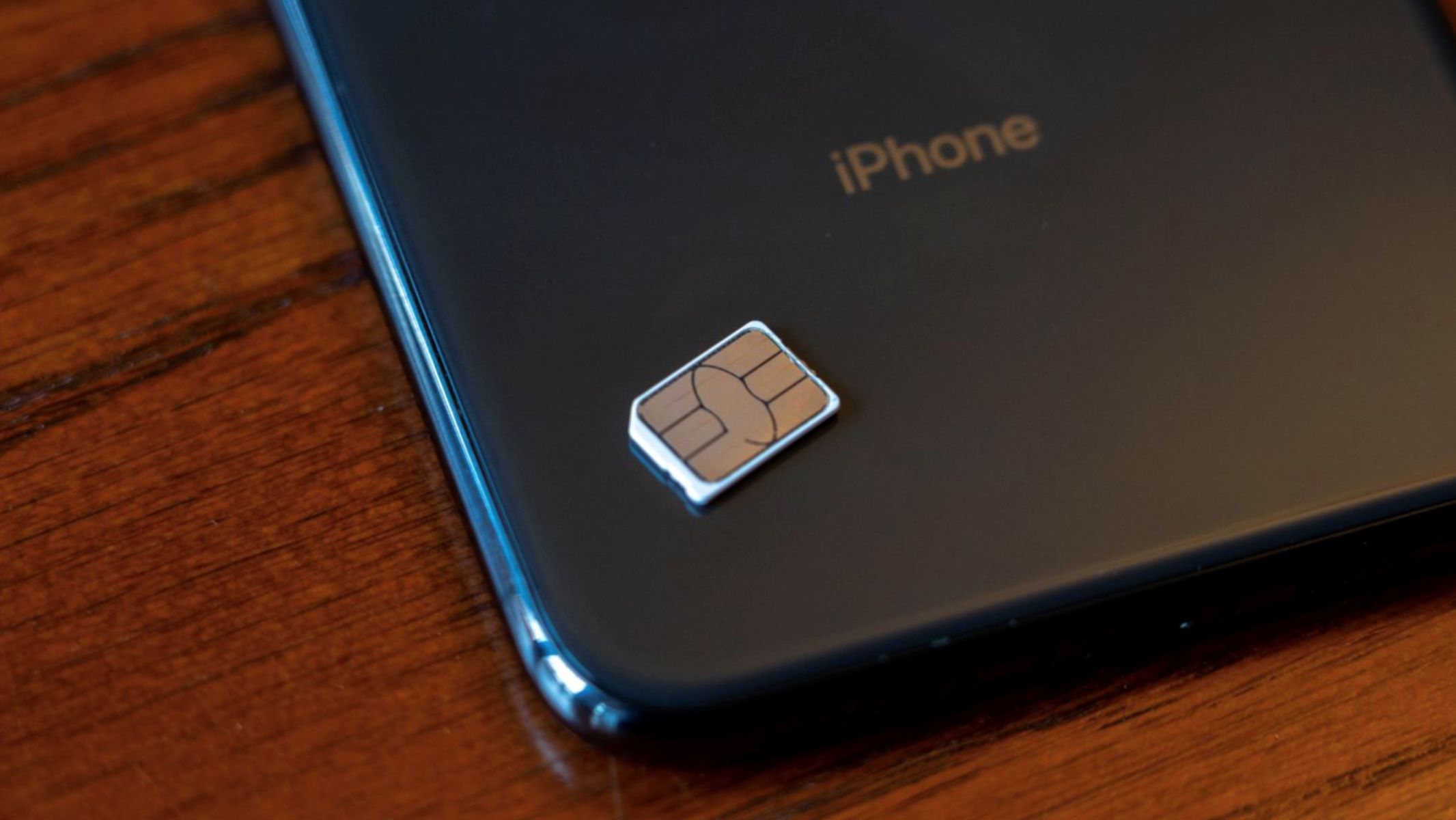What is a SIM Card?
A SIM card, or Subscriber Identity Module card, is a small, removable card that is essential for connecting your iPhone to a mobile network. It serves as a unique identifier for your device, allowing you to make calls, send text messages, and access mobile data. The SIM card contains crucial information, including your phone number, network authentication details, and personal contacts.
The SIM card is a compact, thumbnail-sized chip that securely stores data and enables your iPhone to communicate with the mobile network. It is a fundamental component that facilitates the seamless operation of your device, enabling you to stay connected while on the go.
SIM cards are provided by mobile network operators and come in various types, including standard SIM, micro SIM, and nano SIM. Each type is designed to fit specific iPhone models, ensuring compatibility and reliable connectivity. When acquiring a new iPhone, it is essential to ensure that the SIM card matches the device's SIM card slot size to guarantee proper functionality.
In addition to its primary role in facilitating communication, the SIM card also plays a crucial role in authenticating your device on the mobile network. It stores unique authentication keys that verify your identity and enable secure access to network services. This authentication process is vital for ensuring the privacy and security of your communications and data while using your iPhone.
In summary, the SIM card serves as the gateway to the mobile network, enabling your iPhone to establish connections, communicate with other devices, and access a wide range of mobile services. Its compact design and essential functionality make it an indispensable component of modern mobile communication, empowering users to stay connected and engaged in today's interconnected world.
Types of SIM Cards Compatible with iPhone
When it comes to SIM cards for iPhones, there are several types that cater to different models and specifications. Understanding the compatibility of SIM cards is essential for seamless connectivity and optimal performance. The following are the main types of SIM cards compatible with iPhones:
1. Standard SIM Card:
The standard SIM card, also known as the mini-SIM, was the first generation of SIM cards used in mobile devices. While it is less common in modern iPhones, some older models, such as the iPhone 4 and earlier, require a standard SIM card. Its larger form factor makes it incompatible with newer iPhone models that are designed to accommodate smaller SIM card sizes.
2. Micro SIM Card:
The micro SIM card gained popularity with the introduction of the iPhone 4 and iPhone 4S. This smaller variant of the standard SIM card features a reduced form factor while retaining the necessary functionality. Many iPhone models released between 2010 and 2012 utilize the micro SIM card, offering a balance between compatibility and space efficiency.
3. Nano SIM Card:
The nano SIM card represents the latest standard in SIM card technology and is the most widely used type in modern iPhones. Its significantly reduced size allows for more compact SIM card slots in newer iPhone models, including the iPhone 5 and later. The transition to nano SIM cards reflects the ongoing trend toward sleeker and more streamlined device designs, ensuring a snug fit within the allocated SIM card tray.
4. eSIM (Embedded SIM):
In addition to physical SIM cards, certain iPhone models support eSIM technology. An eSIM is an embedded SIM card that eliminates the need for a physical card, offering greater flexibility and convenience. With an eSIM, users can activate cellular plans and switch between carriers without needing to insert or replace a physical SIM card. This innovative approach simplifies the process of managing mobile connectivity and aligns with the evolving landscape of digital integration.
Understanding the specific SIM card requirements for your iPhone model is crucial for selecting the appropriate type and ensuring seamless compatibility. As mobile technology continues to advance, the evolution of SIM card standards reflects the ongoing pursuit of enhanced performance, convenience, and adaptability within the realm of iPhone connectivity.
How to Insert a SIM Card into an iPhone
Inserting a SIM card into an iPhone is a straightforward process that varies slightly depending on the iPhone model. Here's a step-by-step guide to help you seamlessly install a SIM card into your iPhone:
-
Identify the SIM Card Slot: Locate the SIM card slot on your iPhone. The slot is typically located on the side of the device, although the exact placement may differ based on the iPhone model. Newer models, such as the iPhone X and later, feature a SIM card slot on the device's right side, while older models, including the iPhone 6 and 7, have the slot on the device's right edge.
-
Eject the SIM Card Tray: To access the SIM card slot, you'll need a SIM eject tool or a small paperclip. Insert the tool into the small pinhole next to the SIM card slot and gently apply pressure. This will cause the SIM card tray to pop out slightly, allowing you to remove it completely.
-
Remove the SIM Card Tray: Once the SIM card tray is partially ejected, carefully pull it out of the device using your fingers. Be mindful of the tray's orientation to avoid damaging the SIM card or the tray itself.
-
Prepare the SIM Card: If you are using a traditional SIM card, ensure that it is properly aligned with the tray's designated slot. For nano SIM cards, which are the most common type for modern iPhones, the chip should face downward, aligning with the corresponding cutout on the tray.
-
Insert the SIM Card: Place the SIM card onto the tray, ensuring a secure fit within the designated slot. Once properly positioned, gently slide the tray back into the iPhone until it is flush with the device's exterior.
-
Secure the SIM Card Tray: Apply gentle pressure to the SIM card tray, ensuring that it is fully inserted and flush with the device's side. The tray should seamlessly integrate with the iPhone's design, maintaining a sleek and uniform appearance.
By following these steps, you can effectively insert a SIM card into your iPhone, enabling you to establish a connection to your mobile network and access a wide range of communication and data services. It's essential to handle the SIM card and tray with care to prevent any damage and ensure optimal functionality. Whether you're activating a new iPhone or replacing an existing SIM card, this process empowers you to seamlessly integrate the SIM card into your device, unlocking its full potential for mobile connectivity.
The Function of a SIM Card in an iPhone
The function of a SIM card in an iPhone extends far beyond its physical presence within the device. At its core, the SIM card serves as a pivotal component that enables seamless connectivity and empowers users to leverage the full spectrum of mobile services. From facilitating communication to ensuring secure network access, the SIM card plays a multifaceted role in enhancing the functionality and versatility of the iPhone.
Authentication and Network Access
One of the primary functions of a SIM card in an iPhone is to authenticate the device on the mobile network. Embedded within the SIM card are unique identification details, including the International Mobile Subscriber Identity (IMSI) and the Authentication Key (Ki). These critical elements authenticate the iPhone on the network, allowing it to establish a secure and trusted connection. This authentication process not only validates the user's identity but also safeguards against unauthorized access, ensuring the integrity and privacy of communications.
Mobile Communication
The SIM card is the linchpin for mobile communication, as it links the iPhone to the mobile network, enabling voice calls, text messaging, and multimedia messaging services (MMS). By storing the user's phone number and subscriber details, the SIM card facilitates the initiation and reception of calls and messages, serving as the conduit for seamless communication. Whether connecting with friends, family, or colleagues, the SIM card's functionality is indispensable for fostering real-time, reliable communication experiences.
Data Connectivity
In addition to voice and text communication, the SIM card plays a crucial role in enabling data connectivity on the iPhone. By storing network-specific information and access credentials, the SIM card empowers users to access mobile data services, browse the internet, and utilize online applications. Whether checking emails, streaming media, or engaging in online activities, the SIM card ensures that the iPhone remains connected to the digital realm, enriching the user experience with unparalleled accessibility and convenience.
Roaming and Network Switching
Furthermore, the SIM card facilitates seamless roaming and network switching capabilities, allowing users to maintain connectivity while traveling or transitioning between different network providers. With the SIM card's ability to store multiple network profiles and authentication parameters, users can effortlessly switch between available networks without compromising connectivity. This versatility empowers users to stay connected across diverse geographical regions and leverage competitive network offerings, enhancing their mobility and adaptability in an interconnected world.
Enhanced Security and Privacy
Beyond its functional aspects, the SIM card contributes to enhancing the security and privacy of mobile communications on the iPhone. Through its authentication mechanisms and encryption protocols, the SIM card safeguards against unauthorized interception and tampering, preserving the confidentiality and integrity of data transmissions. This fortified layer of security instills confidence in users, assuring them of a protected communication environment and reinforcing the trustworthiness of the iPhone as a communication platform.
In essence, the SIM card serves as the cornerstone of mobile connectivity within the iPhone ecosystem, empowering users with seamless access to communication and data services while upholding the principles of security and reliability. Its multifaceted functionality underscores its indispensable role in shaping the modern mobile experience, transcending its physical dimensions to become a symbol of connectivity, trust, and empowerment within the digital landscape.
Troubleshooting SIM Card Issues in iPhone
Encountering SIM card issues on an iPhone can disrupt essential communication and connectivity capabilities, prompting the need for effective troubleshooting measures. By addressing common challenges and implementing targeted solutions, users can swiftly resolve SIM card-related issues, restoring seamless functionality to their devices.
1. No SIM Card Detected
If your iPhone displays a "No SIM Card Installed" or "Invalid SIM" error, it may indicate a faulty SIM card or an issue with the device's SIM card tray. Begin by gently removing the SIM card, inspecting it for any visible damage or debris, and reinserting it into the tray. Ensure that the SIM card is properly aligned and that the tray is securely closed. If the problem persists, consider testing the SIM card in another compatible device to determine if the issue lies with the card itself.
2. Weak or No Signal
In cases where the iPhone experiences weak signal reception or fails to connect to the mobile network, several factors may contribute to the issue. Start by restarting the device to refresh network connections. If the problem persists, verify that the SIM card is undamaged and properly seated in the tray. Additionally, checking for carrier updates and ensuring that the device's network settings are configured correctly can help alleviate signal-related issues.
3. SIM Card Incompatibility
When switching to a new iPhone or acquiring a replacement SIM card, compatibility issues may arise if the card does not match the device's specifications. It is crucial to ensure that the SIM card type aligns with the iPhone's SIM card slot size. For instance, attempting to use a standard SIM card in a device designed for a nano SIM can lead to incompatibility. Verify compatibility and consult with the mobile network operator to obtain the appropriate SIM card for the iPhone model.
4. Network Activation Failure
In scenarios where a newly acquired SIM card fails to activate or connect to the network, initiating manual network selection can help resolve activation issues. Access the device's network settings and manually select the preferred network carrier to establish a connection. If activation problems persist, contacting the network operator's support services for assistance and troubleshooting guidance is recommended.
5. SIM Card Damage or Wear
Over time, SIM cards may experience wear or damage due to handling or environmental factors. If the SIM card exhibits signs of physical damage, such as scratches or bent contacts, consider obtaining a replacement card from the network operator. Proper handling and storage of SIM cards, such as using protective cases or holders, can mitigate the risk of damage and prolong their operational lifespan.
By proactively addressing these SIM card-related issues and leveraging targeted troubleshooting strategies, iPhone users can overcome connectivity challenges and maintain optimal functionality. Timely intervention, careful assessment of potential causes, and collaboration with network service providers are essential elements in resolving SIM card issues, ensuring uninterrupted access to mobile communication and data services.







